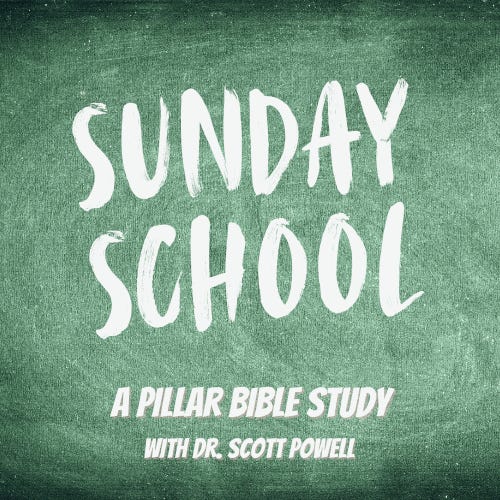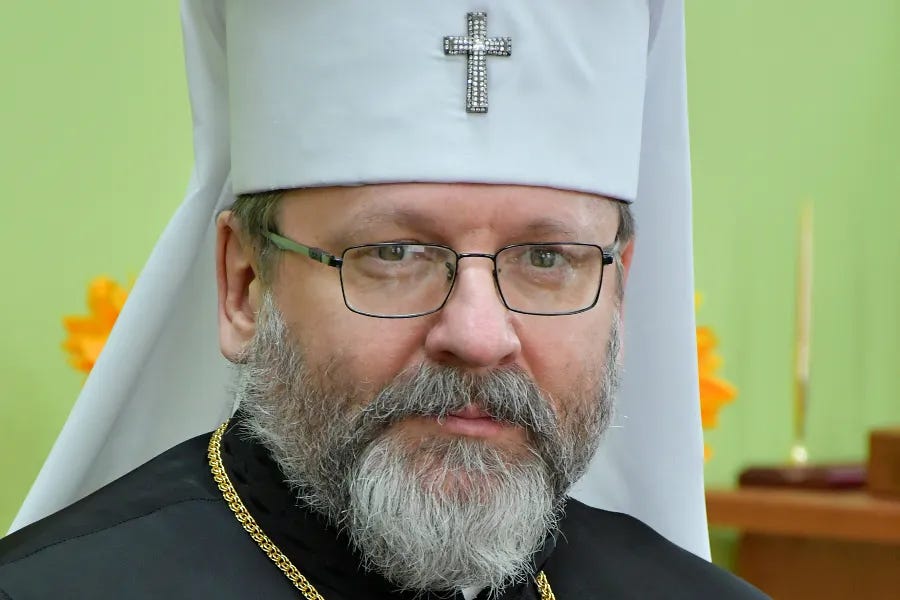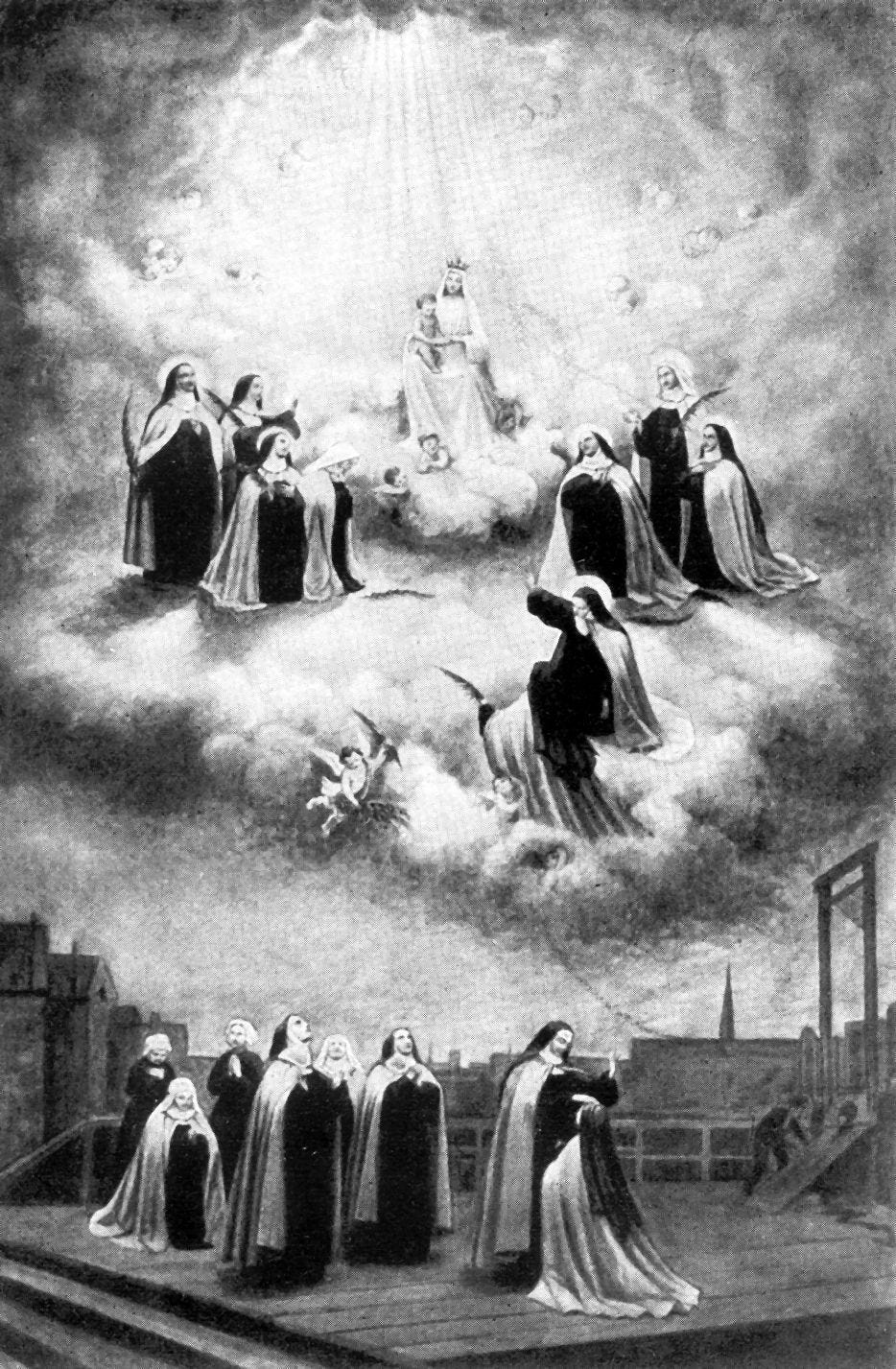The U.K. government said this week that it intends to drop an education policy that the Catholic Church has lobbied against for more than a decade.
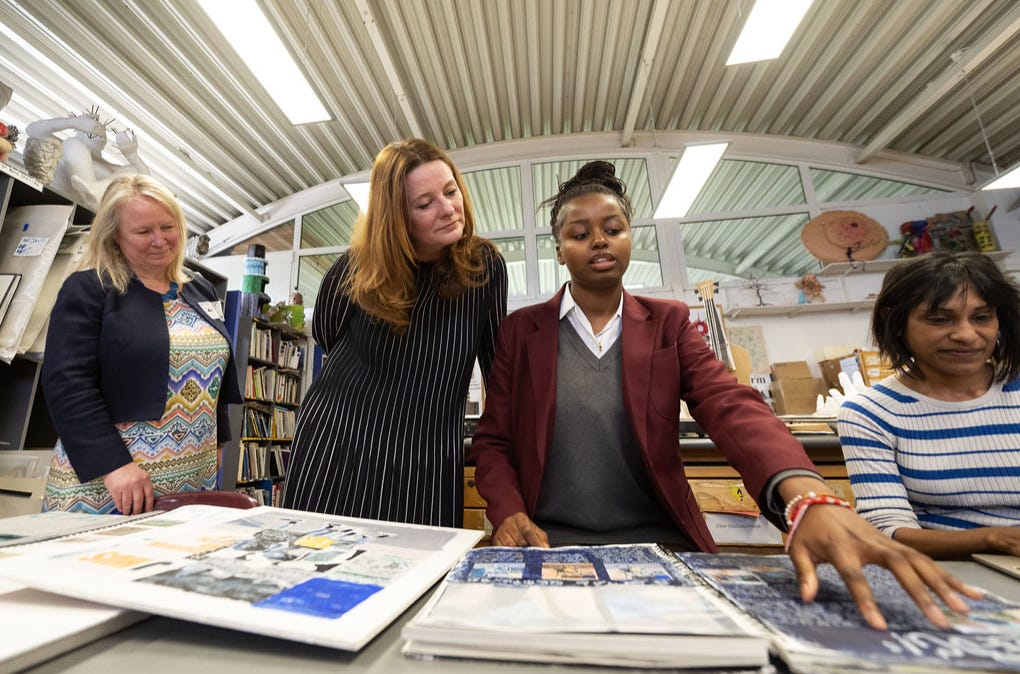
U.K. Education Secretary Gillian Keegan announced the move May 1, a day after visiting the Cardinal Vaughan Memorial School, a prominent Catholic high school in London.
The proposed change could have a significant impact on Catholic education in England. But what exactly is it? What does the Catholic school system currently look like? And what will happen next? The Pillar takes a look.
What’s the change?
The U.K. government said Wednesday that it planned to drop a policy known as the “50% cap” or “50% rule.”
The rule was introduced in 2010, when the then Conservative-Liberal Democrat coalition government unveiled its “free schools” initiative.
The coalition government said that businesses, charities, parents, or teachers could establish free schools for children of all abilities that would be funded by the state but independent of local authorities. Officials argued that this would expand parental choice and help raise educational standards.
But there was a catch: if “faith groups” wanted to establish free schools, they would be subject to a “50% cap.”
So if the Catholic Church established a free school and received more applications than there were free spaces, the school would only be permitted to allocate 50% of all available places to Catholic pupils.
Given the popularity of Catholic education in England, even among non-Catholics, it was almost certain that a new Catholic free school would be oversubscribed. That would mean that, under the 50% rule, the school would have to turn away Catholic students because they were Catholic — an unacceptable proposition for the Church.
The Bishops’ Conference of England and Wales said in 2013 that “the imposition of a 50% cap on the control of admissions is not a secure basis for the provision of a Catholic school.” It urged dioceses “to resist any pressure to establish a school on that basis.”
Ten years after the launch of the free schools initiative, there were 550 free schools attended by more than 100,000 students. But there was not a single Catholic free school, despite persistent lobbying by the bishops’ education agency, the Catholic Education Service, for the cap to be lifted.
This week, Gillian Keegan — whose official title is Secretary of State for Education and who attended Catholic schools in her youth — said the government planned to drop the 50% cap, paving the way for the creation of Catholic free schools.
English Catholics expressed delight at the announcement.
Sir Edward Leigh, a veteran member of the U.K. Parliament, described it as “a great victory for Catholic education and common sense.”
“For years we have been trying to make ministers see sense on this and allow Catholic free schools to open. I’m delighted that this Secretary of State has taken the decision to lift the cap,” he said.
Former Education Secretary Ruth Kelly, a vice president of the Catholic Union of Great Britain, said “the fact that Catholic free schools were prevented from opening never made sense.”
Catholic Education Service chairman Bishop Marcus Stock called the announcement “welcome.”
“Dioceses are well placed to respond to differing local educational demands around the country, including the provision for children with special educational needs and disabilities. Parents can welcome this also,” he said.
“Catholic education not only provides a high-performing school sector and promotes the formation of children in values and virtues; it is more ethnically diverse than other schools, educates more pupils from the most deprived backgrounds, and builds social cohesion within our communities.”
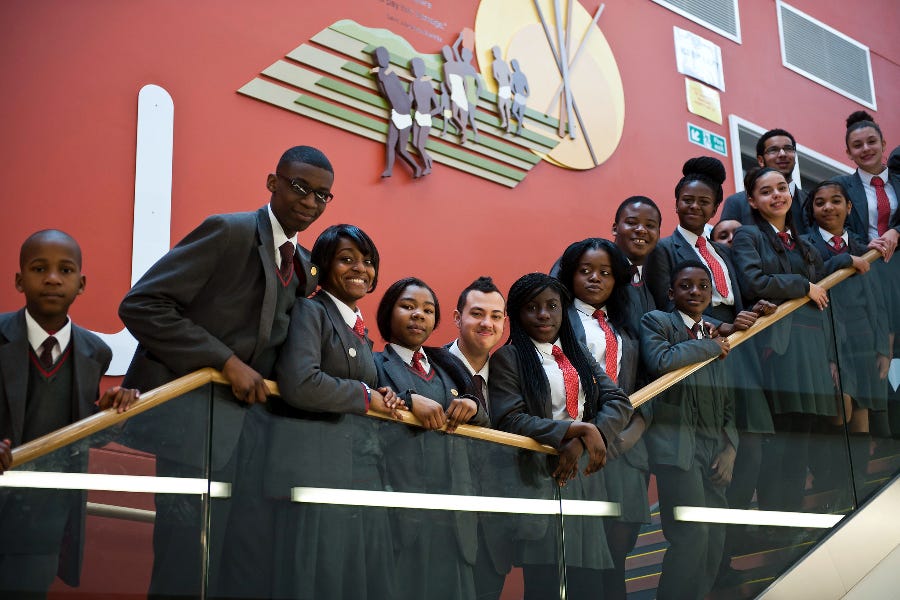
What does England’s Catholic school system look like?
Out of the more than 29,000 schools in England and Wales, 2,169 are Catholic. Around 850,000 students attend Catholic schools.
According to the Catholic Education Service, more than 334,000 of the students at Catholic schools are from non-Catholic backgrounds — around 40%.
Just under a fifth of students in Catholic statutory education in England come from the most deprived backgrounds, significantly higher than the national average. The Catholic school population also has a bigger percentage of students from ethnic minorities than the English state school average.
Schools in England fall into two broad categories: independent or state-funded.
Independent Catholic schools — also known as “public schools” in the U.K., but as “private schools” in the U.S. — include historic institutions such as Ampleforth College, whose alumni include “Downton Abbey” creator Julian Fellowes and actor Rupert Everett, and Stonyhurst College, which enjoys links with J.R.R. Tolkien. (They aren’t colleges in the American sense of the term, as they educate students aged 13-18 and 11-19 respectively.)
In the state-funded sector, there are two different types of Catholic schools: voluntary-aided schools and academies.
Voluntary-aided schools’ running costs are paid in full by the state. But the government only covers 90% of capital costs. The remaining 10% is provided by a foundation that oversees the school.
Parents who send their children to Catholic voluntary-aided schools are typically asked to make an annual voluntary contribution to maintenance costs.
Catholic voluntary-aided schools follow the standardized national curriculum alongside other kinds of schools, but teach religious education in line with the Catholic faith.
Academies, meanwhile, are schools previously run by the local authorities but now overseen by bodies called academy trusts, giving them greater control over matters such term times and following the national curriculum.
Catholic academies are inspected by a government organization called Ofsted and also by inspectors working on behalf of the diocesan bishop.
There are 921 Catholic academies in England, accounting for 46% of Catholic state-funded schools.
The difference between academies and free schools is that academies were previously maintained by the local authorities, while free schools are new.
It’s currently unclear how many Catholic free schools could be opened or how quickly.
What happens next?
The Education Secretary’s announcement this week did not immediately remove the 50% cap. It will stay in place while the government conducts a consultation that ends in June.
The delay raises questions because the U.K. is counting down to a general election that could see Gillian Keegan’s Conservative Party swept from power after 14 years.
A general election must be held by Jan. 28, 2025, but the date will be decided by the Prime Minister Rishi Sunak, who has indicated it will be “in the second half” of this year.
If the election is held soon, could an incoming government overturn the plan to lift the cap?
In a May 1 article for the Spectator magazine, Catholic commentator Melanie McDonagh said the move was “unlikely to be opposed by Labour,” the party that’s well ahead in the polls.
McDonagh pointed out that Keegan’s Labour counterpart, Bridget Phillipson, was also “a product of a Catholic school.”
But the change is opposed by influential teaching unions.
The National Association of Head Teachers (NAHT) said it was concerned that removing the cap was “an unnecessary and potentially retrograde step,” while the head of the Association of School and College Leaders (ASCL) suggested there was “no evidence that scrapping the 50% cap will be of social or educational benefit.”
Secular campaign groups also, unsurprisingly, rejected the move.
Humanists UK chief executive Andrew Copson argued that the change would “increase religious and racial segregation in our schools at a time when integration and cohesion has never been more important.”
The National Secular Society’s chief executive Stephen Evans, meanwhile, said he was “appalled” by a decision that would “open the door for a new wave of faith schools which effectively lock out families of different religions and beliefs.”
In 2010, the year that the cap was introduced, New Atheism was in the ascendent and there was a crescendo of anti-Catholicism as Pope Benedict XVI made a momentous visit to Britain.
But the prevailing atmosphere has clearly changed if an embattled government thinks that dropping the cap is a potential vote-winner ahead of a general election.


